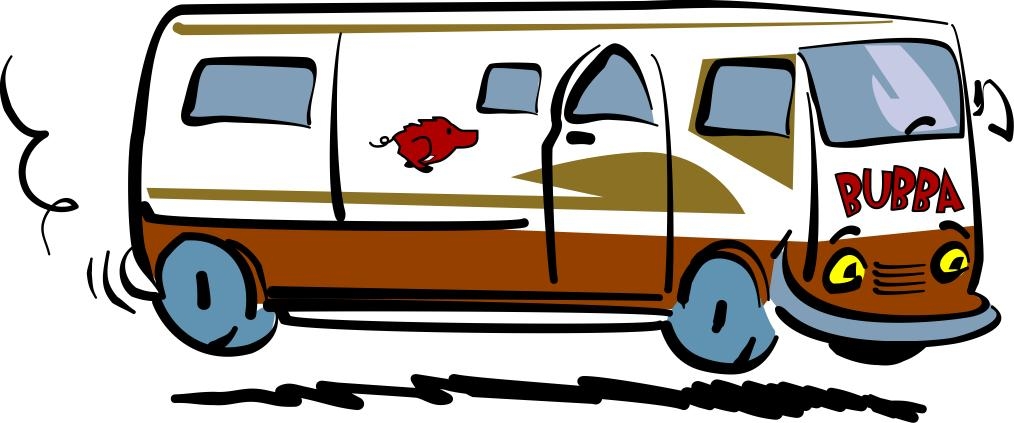

| From the pastures, we had a great view of the town of Thermopolis and the Big Horn River, which flows through town. |
| Unlike most other state parks in Wyoming, entrance to Hot Springs State Park is free and the park is beautiful! There are walking trails leading to the various springs including Big Spring pictured above. The water temperature is usually 127 degrees in Big Spring. Originally, the hot springs were included in the Shoshone Indian Reservation Treaty of 1868. In the following years, the hot springs gained the reputation as having "health-giving properties" and, eventually, the US Congress requested to set aside this area for a "national park or reservation". A treaty was negotiated whereby 10 square miles of the Shoshone reservation was ceded to the US Government for the sum of $60,000. The Shoshone Indians called the springs "Bah Guewana" meaning "Smoking Waters". |
| Most of the water in the hot springs is thought to come underground from the Owl Creek Mountains. Falling rain enters porous rock layers, moves slowly downward and is forced to the surface through crevices in the rock. The heat and chemicals in the water are derived from the rock through which it passes and from gases that rise from deeply buried volcanic rocks. |
| As the hot springs flow from their pools, they form "terraces" as the lime and gysum separate from the cooling water. |
| The colors are due, mainly, to primitive plants (algae that grow in warm water). The terraces continue to change as the cooling water flows over them. |
| There is a swinging bridge that spans the Big Horn River and overlooks the Terraces. Harley will have NO part of swinging bridges so he always get a free ride with Dad. |
| The White Sulphur Spring is stinky and interesting as it deposits a white substance on the rocks over which it flows. However, early settlers in the area actually bottled and sold water from the springs as a treatment for a variety of ailments. |